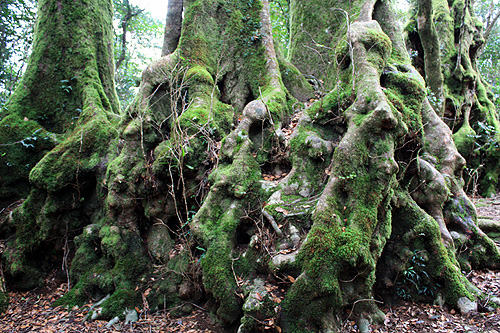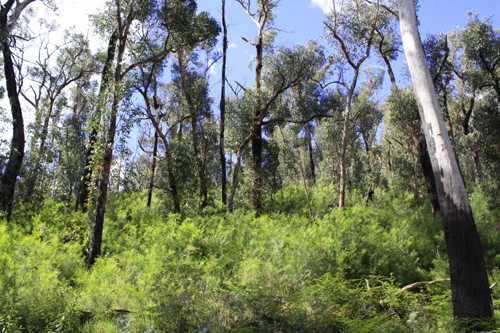Australian Plants - photos
About
Many are aware of Australia's wildlife, but few know about its flora. Common genus groups include: acacia, banksia, bottlebrush, eremophila, eucalyptus, paperbark, and waratah. There are also a myriad of rich in wild flower species native to Australia, especially Western Australia. The most common and widespread tree is eucalypts, of which there are 700 species. Overall, Australia has a total of 17,590 species. 15,638 native species and 1,952 naturalised or invasive species.
Read more →
Palms

Australian Ferns

Sub-tropical & Tropical Rainforests

Gondwana Rainforest

Daintree Rainforest

Antarctic Beech

Moreton Bay Fig

Oyster Bay Pine

Hoop Pine

Eucalypt

Golden Wattle

Jacaranda

Grass Trees

Fire Regeneration

Australia, previously a part of the supercontinent Gondwana, became isolated and evolved its own distinct flora due to its extended separation. Owing to its vast expanse, the country boasts diverse trees adapted to various climatic zones, ranging from tropical to subalpine landscapes.
In the tropical regions, Australia showcases an array of vegetation including palms and is home to the world's oldest surviving rainforest, the Daintree.
Adjacent to the tropics along the eastern coastline, the Gondwana Rainforest stands as the largest expanse of subtropical rainforest globally.
Heading south to the temperate zone, you will find various temperate rainforests on and near the slopes of the Great Dividing Range, Cape Otway, and the island state of Tasmania.
The largest climatic zone in Australia is arid and semi arid where vast deserts occupy the centre of the continent. Here Australian trees and plants still exist, but are sparsely populated. Instead of cactus which is not native to Australia, Acacia forests and shrubs dot the barren landscape. Eucalypts are also common, but are much more numerous in wetter areas further south.
Author & photographer: David Johnson (Virtual Australia). Providing a credit or link is appreciated.
Our content: logos, site names, text, photos, and website design are protected by international copyright law.
Original versions of our photos can be purchased / licensed & web versions can be shared subject to conditions.
